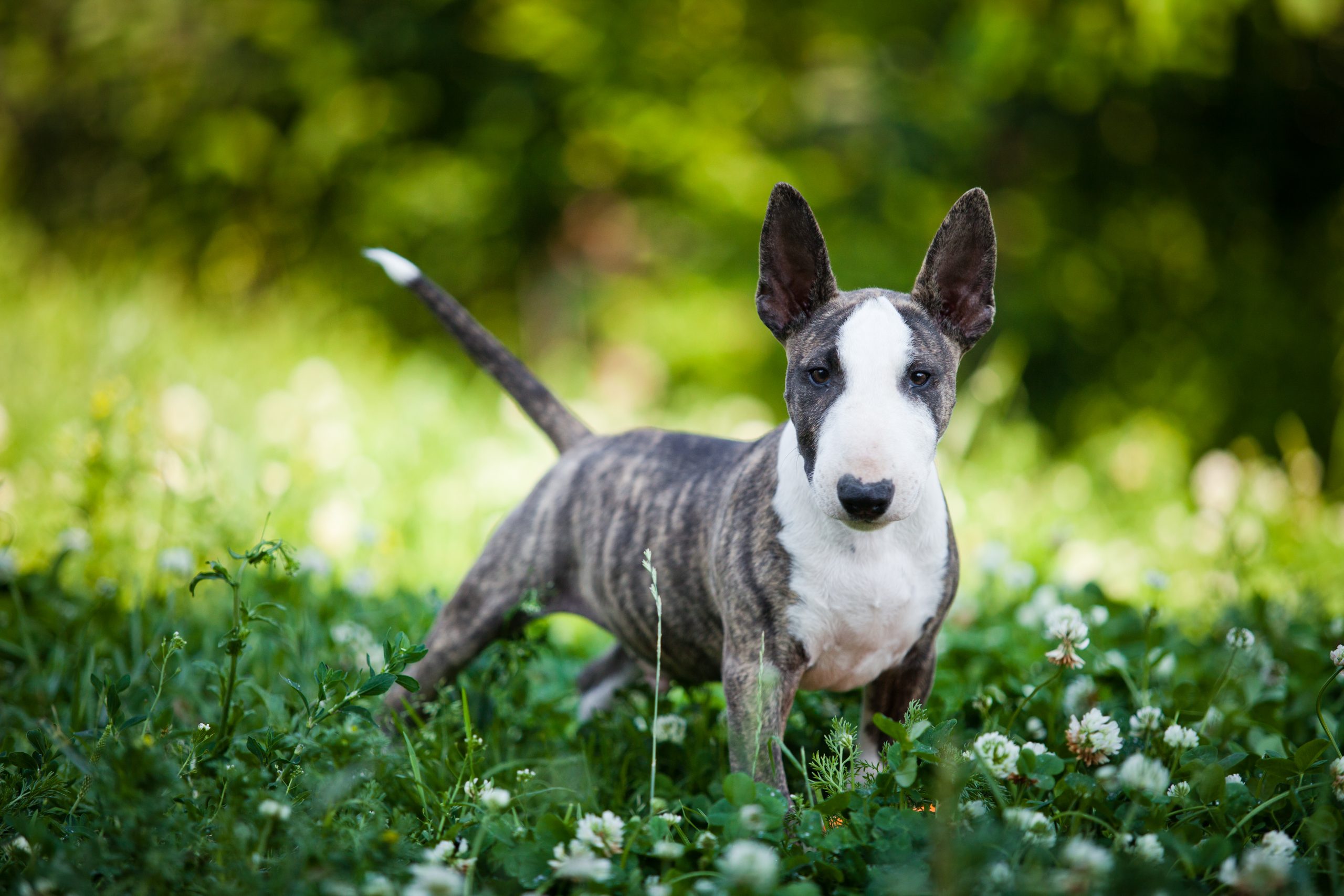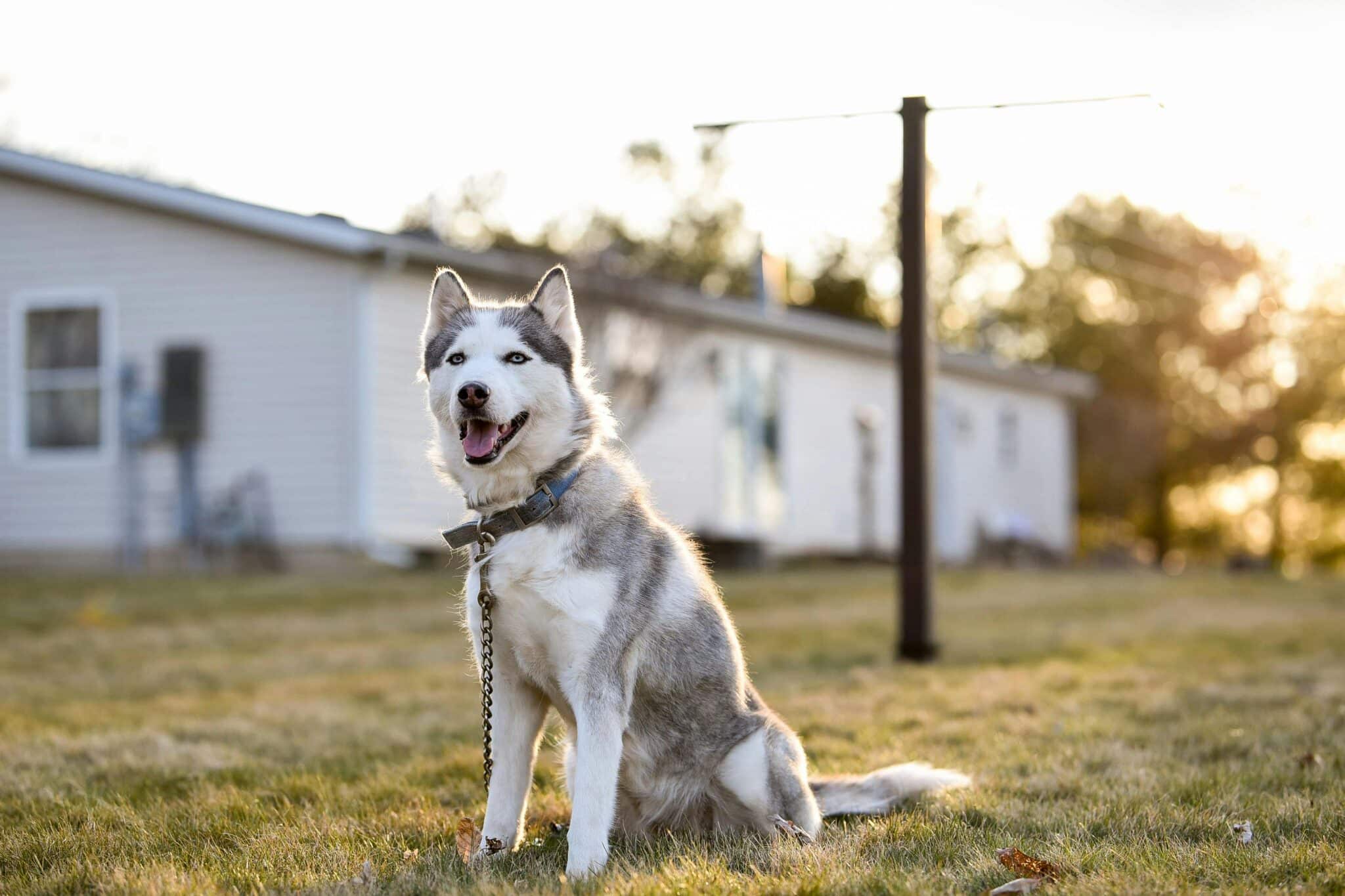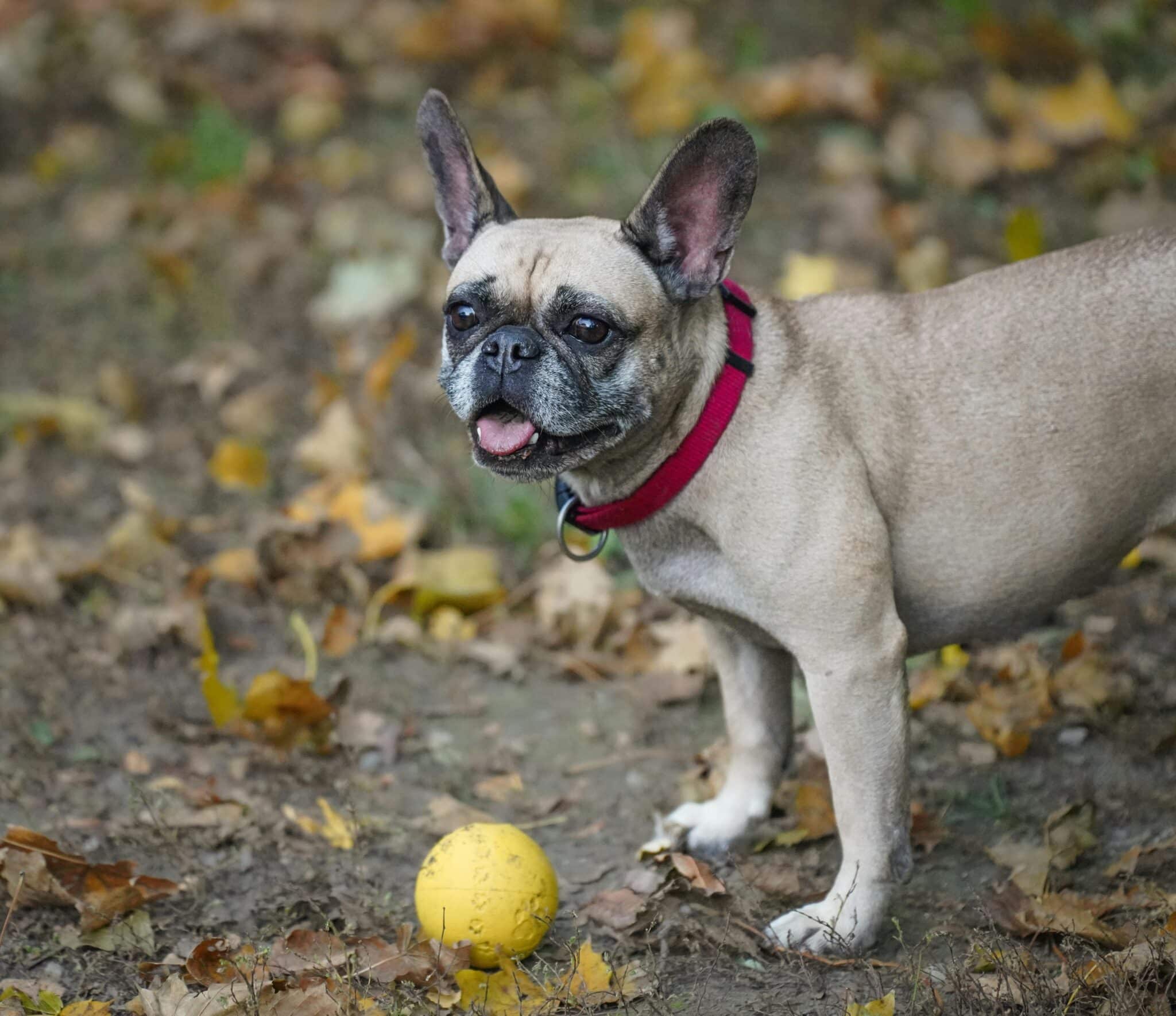 Shutterstock
Shutterstock
Dogs are known for quirky behaviors that often leave owners laughing, and one of the most common—and curious—is tail-chasing. Watching a dog spin in circles as it tries to catch its own tail can be both adorable and puzzling. While it might seem like simple fun, tail-chasing can sometimes signal deeper issues. Understanding why dogs chase their tails offers insights into their mental and physical well-being. From sheer playfulness to behavioral quirks, there are multiple reasons for this behavior that go beyond what meets the eye.
Just for Fun
 Shutterstock
Shutterstock
One of the most straightforward reasons dogs chase their tails is for sheer amusement. Just as puppies play with their own paws or bark at their reflections, tail-chasing is sometimes a way for dogs to entertain themselves, especially if they are young and playful. Tail-chasing is particularly common in puppies, as they are naturally curious and may not realize that their tails are part of their bodies. When dogs get bored, they might start chasing their tails as a form of self-entertainment. This behavior usually happens when a dog has the energy to burn, so it can often be addressed by providing more exercise or interactive toys.
Attention-Seeking
 Shutterstock
Shutterstock
Dogs are smart and often know how to get a reaction from their humans. When a dog realizes that tail-chasing makes people laugh or look their way, it might start doing it just for attention. Dogs thrive on social interaction, and if chasing their tails garners praise or laughter, they may start to do it more frequently as a means to please their owners. Some dogs quickly learn that this behavior brings extra affection, pets, or treats, making it a playful act with a reward attached. For these dogs, tail-chasing is more about interaction than physical activity or instinct.
Obsessive-Compulsive Disorder (OCD) in Dogs
 Shutterstock
Shutterstock
Just like humans, dogs can suffer from obsessive-compulsive disorders, and tail-chasing is one of the common manifestations. When dogs chase their tails excessively, it can be a sign of anxiety or stress. Breeds like German Shepherds and Bull Terriers are prone to developing OCD behaviors. In these cases, tail-chasing becomes repetitive and may seem relentless, even when the dog is tired or has other activities to engage in. If you notice that your dog seems “stuck” in this behavior, it might be time to consult a veterinarian or an animal behaviorist, as it could indicate underlying anxiety that needs addressing.
Medical Causes
 Shutterstock
Shutterstock
Sometimes, tail-chasing is more than just a quirk—it can signify a medical problem. Dogs with allergies, skin irritations, or parasitic infections may chase or bite their tails to relieve discomfort. Fleas, ticks, or dermatitis around the tail area can make a dog extremely uncomfortable, prompting them to chase or chew at their own tail. In addition, tail-chasing can also indicate nerve pain or anal gland issues that need veterinary attention. If your dog’s tail-chasing seems accompanied by signs of discomfort, it’s essential to rule out medical causes first.
High Energy Levels
 Shutterstock
Shutterstock
Certain breeds, particularly high-energy dogs like Border Collies, Huskies, and Terriers, are more prone to tail-chasing because they have so much energy to burn. Without sufficient exercise, dogs may engage in tail-chasing to release pent-up energy. Dogs under-exercised or left alone for long periods are likelier to exhibit this behavior. For these dogs, regular physical activity and mental stimulation can significantly reduce tail-chasing episodes. Providing ample exercise and structured playtime can prevent boredom and reduce behaviors from high energy levels.
Curiosity and Exploration
 Shutterstock
Shutterstock
Sometimes, tail-chasing is simply a case of curiosity. Puppies, in particular, are fascinated by their own bodies and might chase their tails as part of the learning process. Dogs are naturally curious animals, and puppies especially are constantly exploring their world. When they realize a moving object behind them, they may chase it to “catch” it. For young dogs, tail-chasing can be part of their discovery phase and usually diminishes as they mature and become more aware of their own bodies.
Genetics and Breed Tendencies
 Shutterstock
Shutterstock
Some breeds are more predisposed to tail-chasing due to their genetic makeup. Bull Terriers, German Shepherds, and Doberman Pinschers are among the breeds known for engaging in repetitive behaviors, including tail-chasing. These breeds have higher instances of obsessive-compulsive tendencies, and tail-chasing can be a sign of such a predisposition. If you have one of these breeds, tail-chasing may be a behavior to watch out for, especially as they age. Regular exercise, mental engagement, and training can help manage these instincts if they show signs of compulsive tail-chasing.
Anxiety and Stress
 Shutterstock
Shutterstock
Dogs often use tail-chasing as a way to cope with stress and anxiety. This behavior can be a form of self-soothing, similar to a person tapping their foot or biting their nails when nervous. For dogs in new or stressful environments, tail-chasing may be a temporary outlet to manage their emotions. Major changes, such as moving to a new home or welcoming a new pet, can trigger anxiety-induced behaviors in dogs, with tail-chasing being one of them. Dogs with separation anxiety are also prone to tail-chasing when left alone for extended periods.
Overstimulation
 Shutterstock
Shutterstock
Overstimulation can also be a trigger for tail-chasing in dogs. During play, dogs can get so excited that they start spinning in circles or chasing their tails as an outlet for their pent-up energy. This behavior is particularly common in puppies and young dogs who are still learning how to control their energy levels. If your dog starts chasing its tail during a particularly exciting game, it’s usually nothing to worry about. However, calming breaks during playtime can help overstimulated dogs regain composure and reduce excessive spinning or tail-chasing.
Lack of Mental Stimulation
 Shutterstock
Shutterstock
Dogs are highly intelligent animals that need mental challenges to keep them satisfied. If a dog is bored or lacks mental stimulation, it may start chasing its tail to occupy itself. Dogs left alone for extended periods or without engaging toys can resort to tail-chasing simply to fill the void. Providing puzzle toys, interactive games, and regular training sessions can help stimulate a dog’s mind and reduce behaviors that stem from boredom. For dogs that crave mental engagement, tail-chasing can indicate that they need more variety and stimulation.
The Role of Diet and Nutrition in Behavioral Health
 Shutterstock
Shutterstock
Although less common, diet can affect a dog’s behavior, including tail-chasing. Poor nutrition or an unbalanced diet can lead to behavioral issues, such as hyperactivity or obsessive behaviors. Ensuring your dog’s diet is rich in essential nutrients and providing them with food tailored to their breed and activity level can help improve overall behavior. Some vets believe that diet can affect a dog’s energy levels and behavior, and switching to a high-quality diet may reduce tail-chasing in some dogs.
The Final Spin on Why Pups Wag
 Shutterstock
Shutterstock
 Toledo, United States.
Toledo, United States.